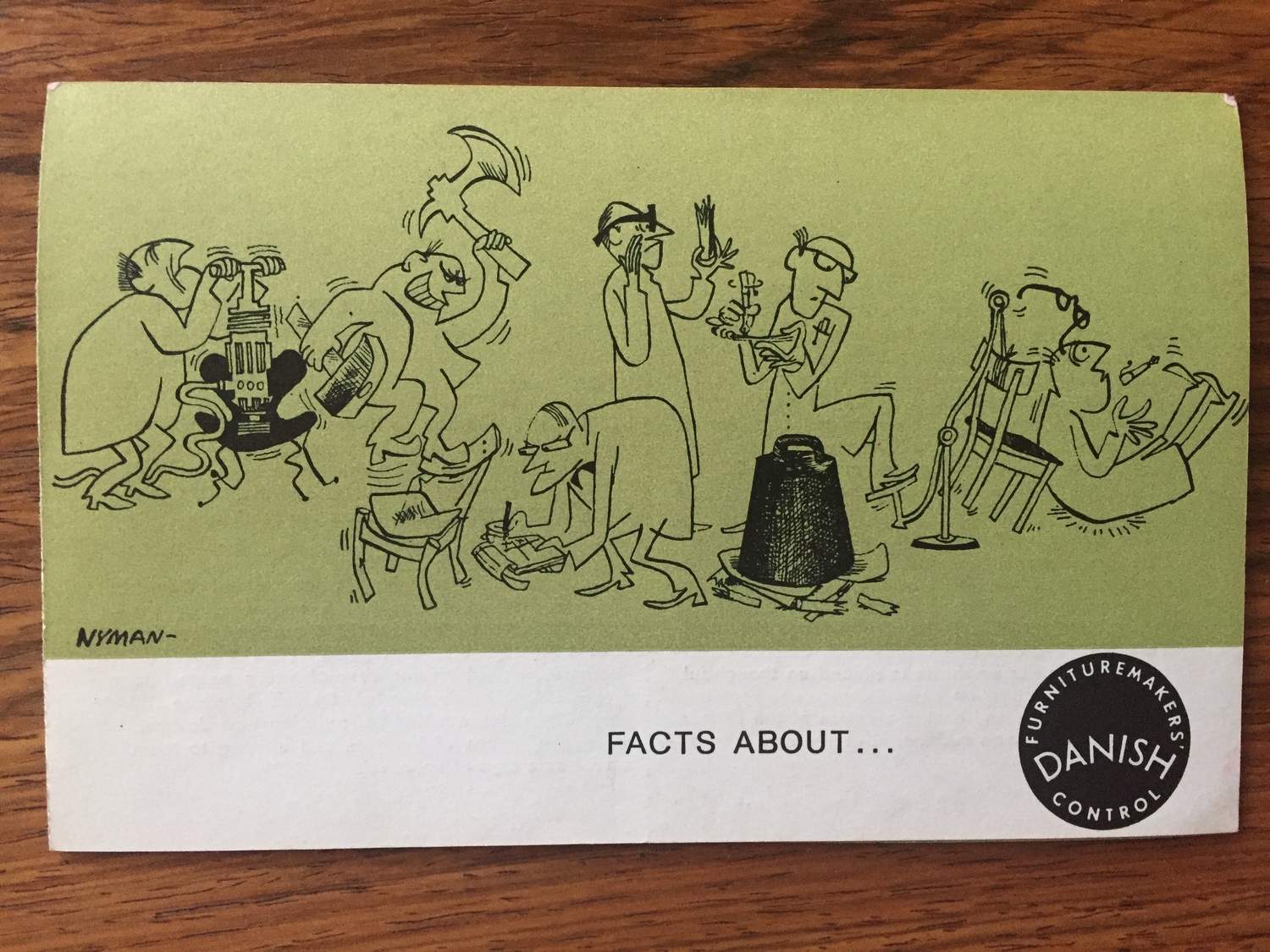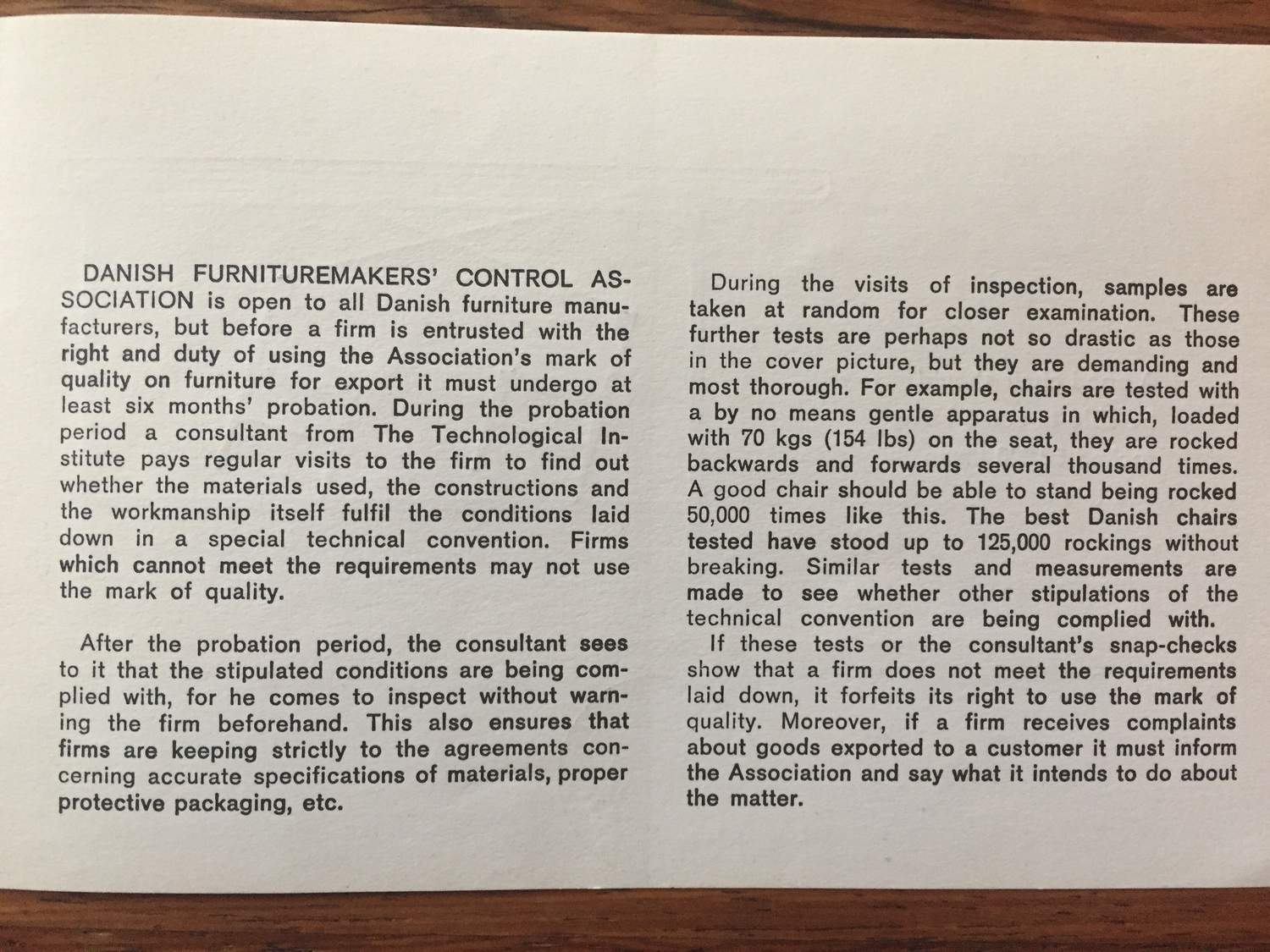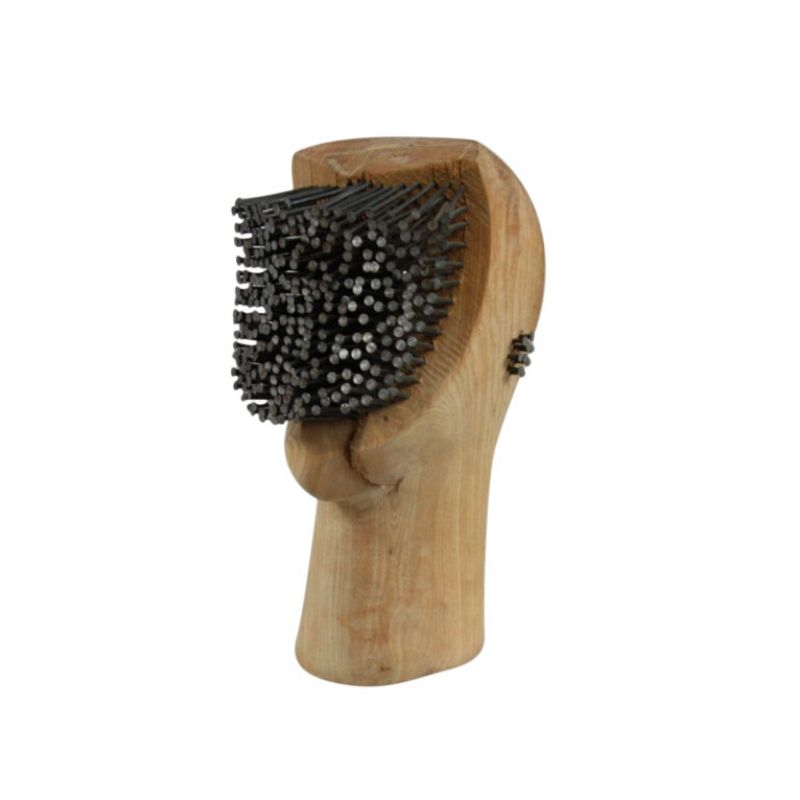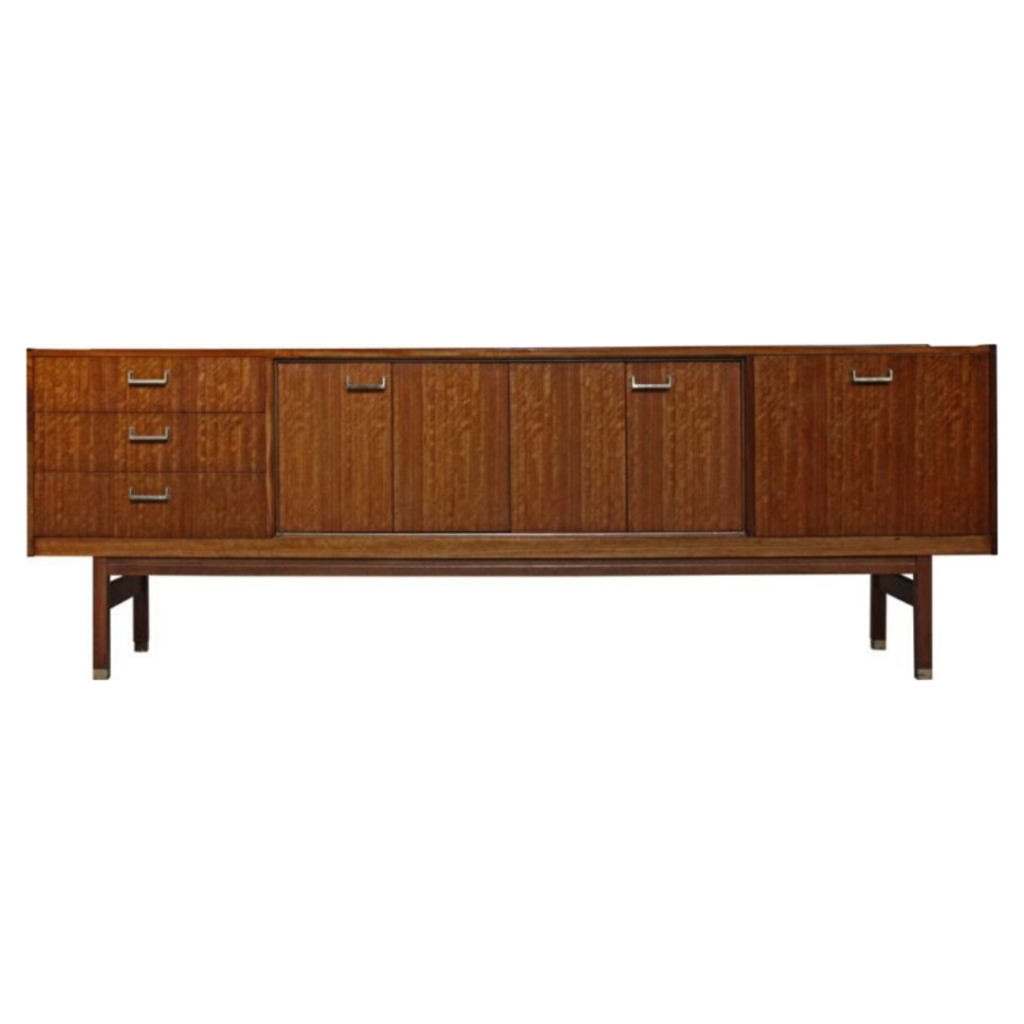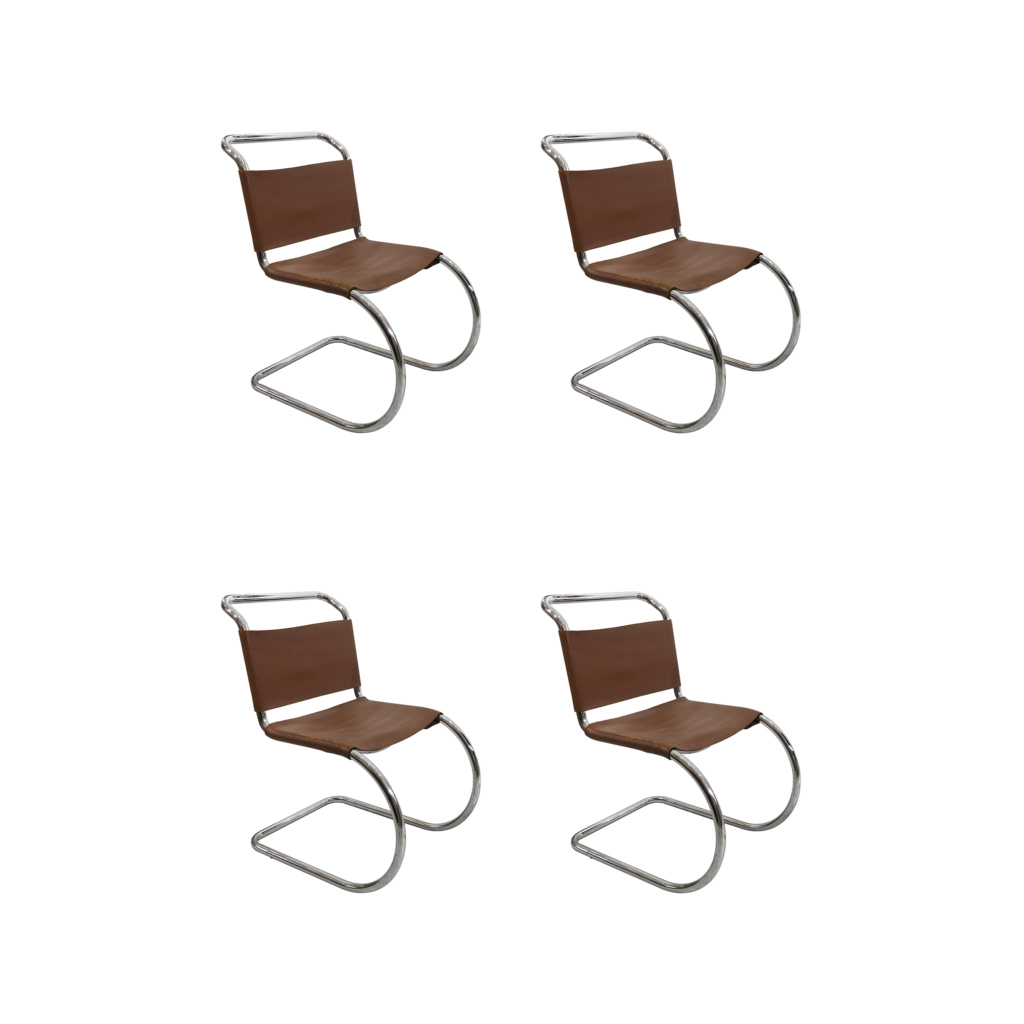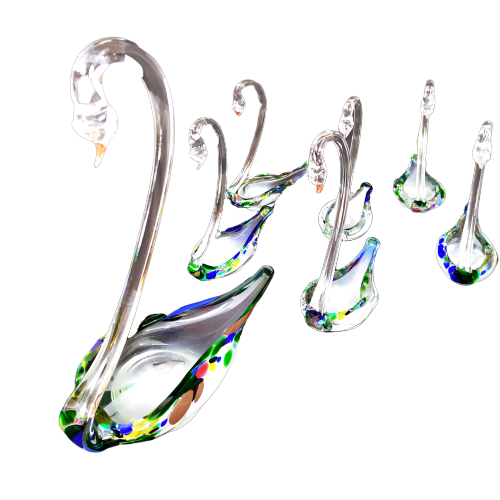I would guess that pieces that should have a DFC mark on them based on their year of manufacture and maker would have the DFC mark regardless of whether they were sold domestically in Denmark or exported.
The challenge here is that sometimes the DFC mark was a sticker than can fall off or be picked off by children. And sometimes the Danes could be infuriating about not marking their stuff. Some times makers would only put the DFC mark on their product and not the company name, though. Finally it is rare to have such good provenance that you know for certain that a piece could be expected to have the DFC mark based on the date of sale. And if you don't know the maker, then it is very hard to say whether it should have a DFC mark, as many makers were not in the club or did not want to be in the club (e.g. France and Søn).
As you can see from Jesgord's wonderful post, it was primarily a marketing thing, and only very tangentially did it satisfy any export marking requirement that may or may not have been in existence.
Thank you both for the additional info. While it's not a major issue, I became curious after acquiring a piece that was definitely purchased in Denmark, in the 1960's. It has no sticker, while other examples I've seen do have the sticker. Like you've mentioned, there's no way to know if it ever did, since they can be removed so easily. It really boils down to nothing more than nerdy curiosity on my part.
I've been guilty of both, I'm afraid. 🙂
As much as I truly enjoy pieces for simply what I see . . . I also find great joy in discovering provenance and maker/designer information. As a video producer, I love to develop and share stories. I guess it only makes sense that history and stories would be important to me in my hobby, as well.
If you need any help, please contact us at – info@designaddict.com


